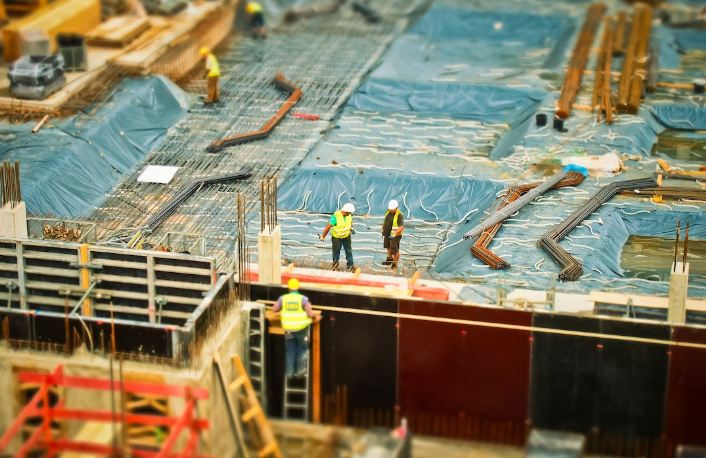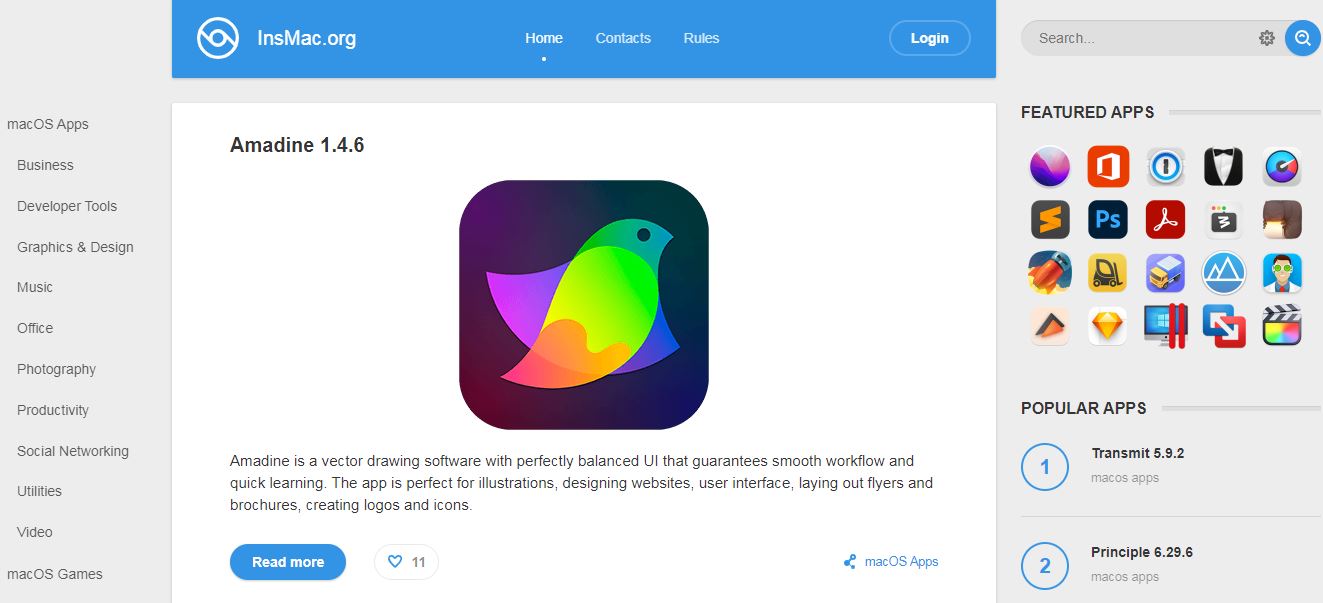The construction sector is amidst a vibrant digital transformation, triggering a wave of exciting developments and breakthroughs. CAD (Computer-Aided Design) drafting is taking center stage in this revolution, offering a structured, computerized environment for designing, streamlining, and executing construction plans. This innovative tool is proving indispensable in modern construction projects, reducing budgets, and amplifying efficiency.
This critical analysis probes the comprehensive role of CAD drafting in construction, shedding light on how it enhances cost efficiency and cultivates improved project outcomes.
Advancements Brought by CAD Drafting in Construction
The integration of CAD drafting in the construction realm marks a significant turning point, heralding a new era of innovation and productivity. This section will elucidate numerous perks associated with this digital breakthrough and its role in propelling cost-effective results.
Surge in Precision and Accuracy
In construction, precision is of paramount importance. Employing CAD drafting means less room for error in design and planning, thus reducing expenditures associated with amendments. Enhanced accuracy not only mitigates cost implications of design blunders but also cultivates predictability, a vital aspect in effective cost management.
Heightened Collaboration
CAD drafting services pave the wave for seamless interaction and collaboration across various disciplines. Architects, interior designers, contractors, and clients can connect and synergize efficiently, bringing forth a cohesive vision that optimizes resources.
Visual Clarity through Improved Project Rendering
CAD drafting gives life to realistic 3D portrayals of construction projects. Such visual renderings facilitate better comprehension and alignment among stakeholders. This clarity helps stave off expensive modifications during construction, proving instrumental in driving cost efficiency.
Cost Optimization in Construction via CAD Drafting
Computer-Aided Design (CAD) drafting has evolved from being a dazzling technological invention to becoming a vital component that powers modern construction projects. This high-scale innovation no longer serves as just an advanced tool; it forms the backbone for strategic and efficient project execution. As we delve deeper into this section, we will understand the practical ways in which CAD drafting optimizes various aspects of construction projects, reducing costs significantly.
Robust Resource Management
The adaptation of CAD drafting in construction fosters prudent resource management. It equips project managers with the capacity to make accurate estimations not only of the requisite physical materials but also of the manpower and machinery necessary for project execution. This comprehensive detail ensures that teams are set up for success from the get-go, eliminating chances of oversights and underestimations. The equilibrium of resources not only reduces operational costs but also facilitates a -proactive approach. Managers can foresee potential challenges and strategize to prevent the needless waste of materials and efforts, helping to conserve capital significantly.
Streamlined Productivity
In an era marked by relentless expansion and expectations of quick turnarounds, productivity is paramount for any industry, and construction is no exception. With CAD drafting, outdated design techniques that were resource-intensive make way for smooth, automated procedures. It allows for real-time modifications and rapid updates in design plans. By doing so, it transforms workflows, catalyzing projects, and prevents precious time and resources from being dissipated in correcting later-stage design flaws. The rise in productivity not only leads to better end-results but also contributes to operational cost reduction.
Early Detection and Rectification
One of the salient features of autocad drafting services is the advanced alert mechanisms for design inconsistencies and potential pitfalls. The services enable stakeholders to detect issues at the inception stages. This preemptive screening significantly reduces the chances of massive construction errors, thus avoiding extensive project delays. The speedy response and rectification process prevents the accumulation of costs resulting from longer than planned delivery timelines. The value of such predictive capabilities is immeasurable, both in terms of project success and the considerable cost savings it brings.
Conclusion
CAD drafting has redefined the parameters of efficiency in construction projects. Its heightened precision, improved collaboration, robust resource management, streamlined productivity, and proactive problem-solving have led to a significant decrease in costs. But this is just the tip of the iceberg; the full potential of CAD drafting in the construction sector is vast and promising. Undoubtedly, CAD drafting is an industry game-changer, with its future looking brighter as technology continues evolving. Hence, it remains inevitable to consider CAD drafting for realizing cost-effective and successful construction projects.


![[pii_email_171327765cd9c45da595]](https://redditworldnews.com/wp-content/uploads/2021/01/pii_email_171327765cd9c45da595.png)
![[pii_pn_992dbe6fa1a049345fc0]](https://redditworldnews.com/wp-content/uploads/2021/05/pii_pn_992dbe6fa1a049345fc0.png)